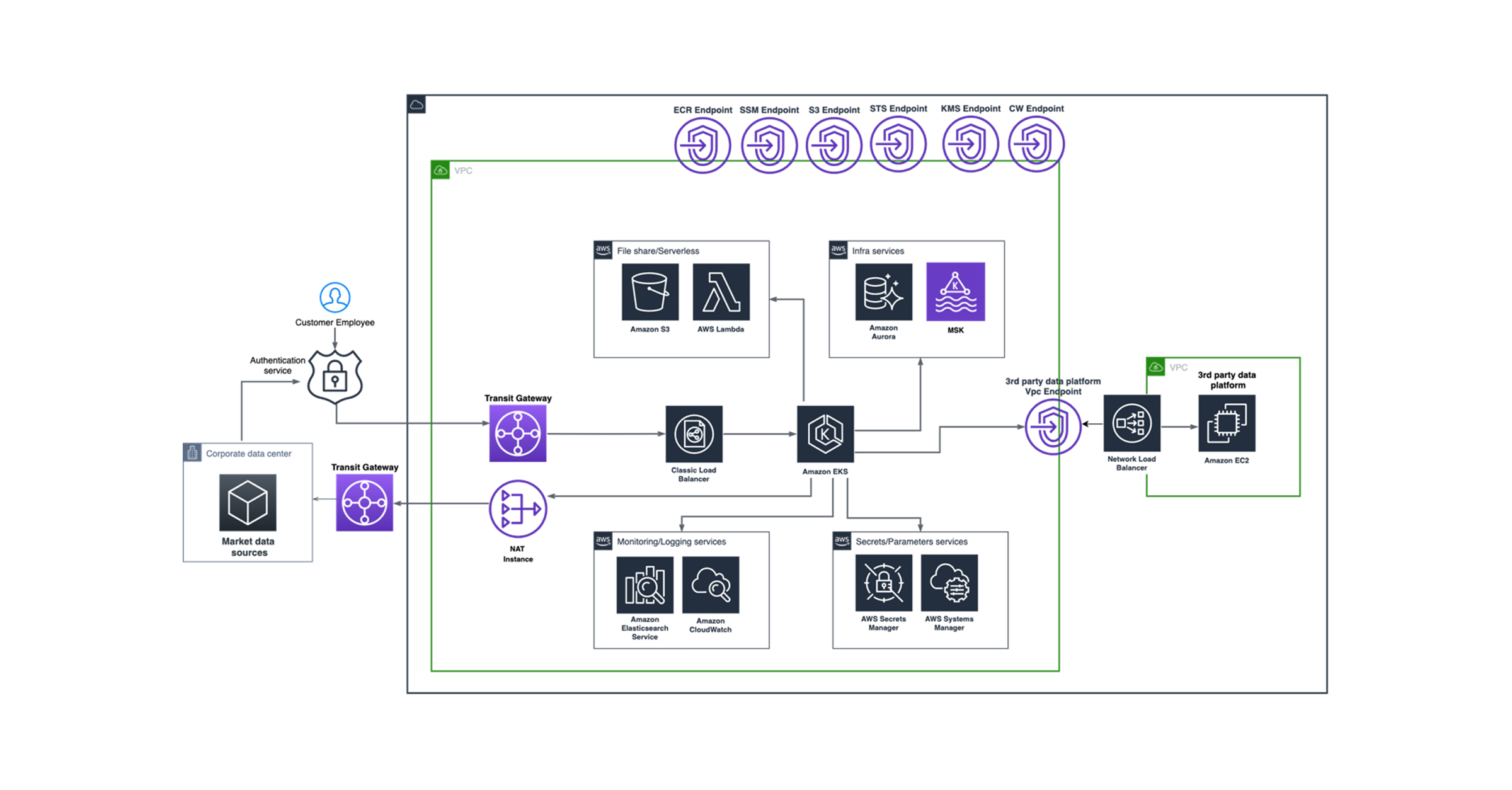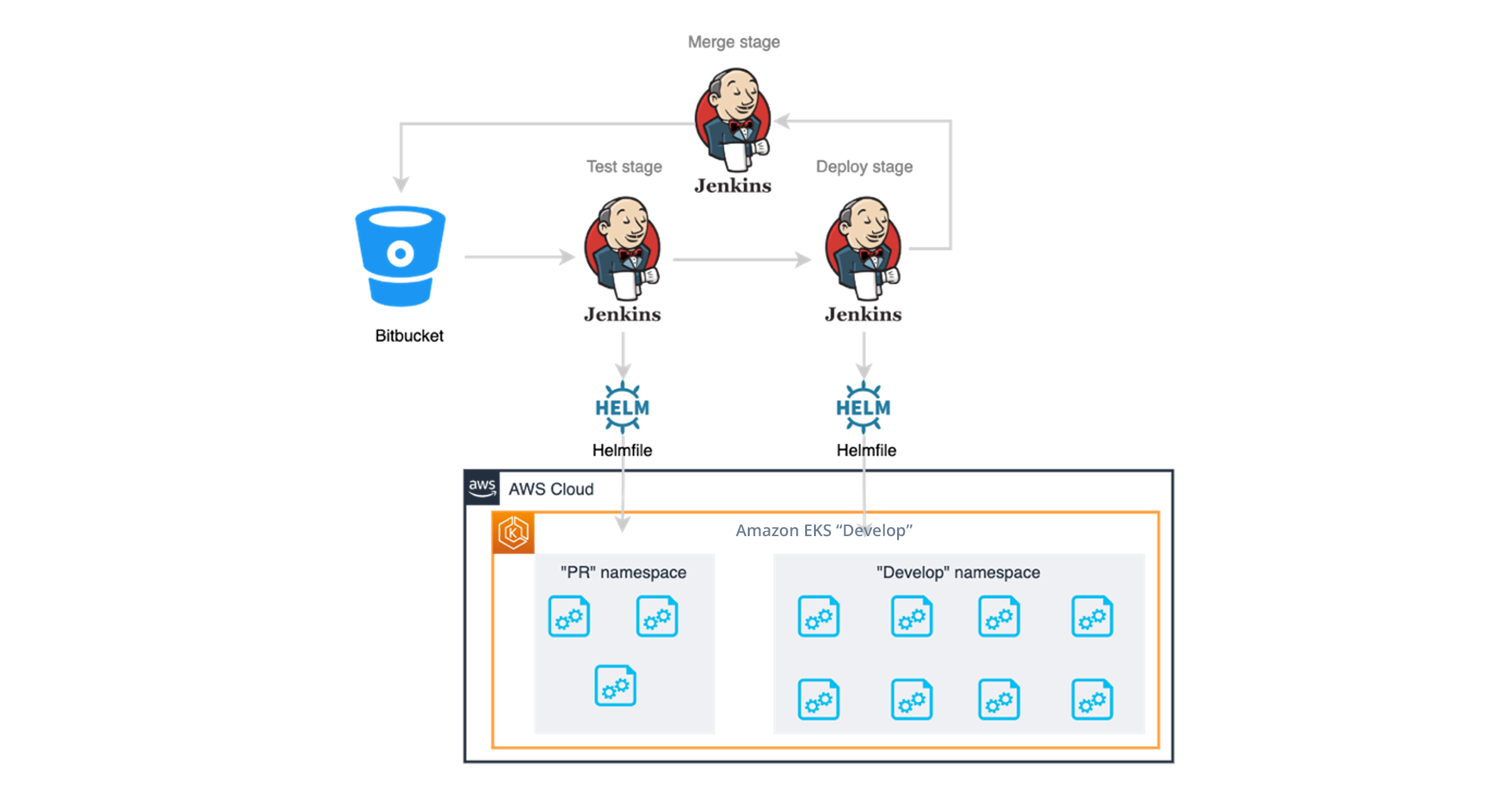When one of the largest financial institutions in the world needed support to improve and digitize their legacy equities business platform, they turned to SoftServe.
Our client deeply understands the needs of financial service customers, with nearly 8,000 offices across North and South America, Spain, and Turkey that manage around three-quarters of a trillion euros in capital.
But in order to meet their goal of growing their equities division from around €100M ($117M) to a multibillion-euro business, our client knew they needed a digital authority as a partner.
At the time, the client used an internal data center to host their legacy equities business platform. This—along with the platform’s manual calibration of customers’ equities assets—limited scalability. This lengthy calibration process meant traders often failed to deliver accurate information within the limited response window, leading to a customer request rejection rate of more than 50%.
It was then the client approached SoftServe for help transforming and improving their equities services. They wanted to develop a better, cloud-based solution using a microservice approach to design and build a new application infrastructure from scratch.
SoftServe’s experts understood that the best course of action was moving the client’s internal data center to the cloud. Our team knew that we could improve elasticity and scalability by decoupling individual solution components using AWS Managed Services. In addition, providing a microservice solution where each piece could be changed individually would most effectively utilize AWS’ Cloud-provided services.
Our client saw this migration project and moving calibration products as a test. If successful, the client planned to migrate many more elements of their financial service offerings.
Since this was the client’s first time for cloud migration, the SoftServe team needed first to establish best practices within the client’s organization so the new cloud services could perform at their peak. The next step was to build a highly available, scalable, cost-effective, and robust system that fully complied with the client’s internal security policies.
To start, SoftServe introduced Amazon Elastic Kubernetes Service (EKS) as the computing layer for the equities calibration engine. Our experts knew it was crucial to add Amazon Aurora as a storage layer for the equities market data based on best practices and application requirements. After that, our team implemented Amazon Managed Streaming for Apache Kafka (MSK) to ensure these distributed microservices communicated correctly.
Using this microservice architecture, the SoftServe team configured Amazon EKS to run specific workloads on the appropriate node group. That allowed the team to select the most effective type of EC2 instance for each configuration. In turn, this enabled custom scaleup or down policies based on a particular component’s metrics. If the workloads could run on RISC processors, the experts then used the Graviton instance family for those nodes inside the same EKS cluster.
The ability to customize these elements improved the system’s overall performance while reducing our client’s cloud expenditures. When combined with re-architecting the infrastructure, these efforts cut the equities asset data-to-analysis time from up to 20 minutes to a mere 10 – 30 seconds. It also added scalability and simplified the update process.

Figure 1: Infrastructure architecture
The SoftServe team used the GitFlow approach for application development, which meant implementing ephemeral environments on a dev cluster in separate Kubernetes namespaces to test units and integration. This flow creates ephemeral environments when a pull request is opened and destroys them after successful testing. Our experts sought to apply the changes to the dev environment for further review if testing proved successful. After that point, they could destroy the ephemeral environments. By designing and building these CI/ CD pipelines this way, the SoftServe team could make frequent microservice application releases, reducing new feature time-to-market and improving the release management process.
The simplified architecture of CI/CD pipeline developed for services:

Figure 2: CI/CD pipeline
Finally, in order to monitor all the services deployed in EKS, our SoftServe experts configured FluentBit DaemonSet with FluentD running on separate nodes for advanced parsing. Executed on each node, FluentBit is a lightweight process that forwards all logs to FluentD. FluentD—where the parsing magic happens—sends the parsed log stream enriched with additional metadata to the Amazon OpenSearch service. There, developers can view the logs using preconfigured dashboards in Kibana.
Not only did SoftServe’s team of experts deliver the components for the new AWS cloud-supported equities calibrator application, but they also re-architected and re-wrote the legacy application and built a new CI/CD microservices testing solution. Once put into production, the client saw the compelling proof for an AWS cloud migration at scale for other legacy applications.
We provided the solution in the infrastructure as code format using CloudFormation. This format allows our client to build repeatable and consistent infrastructure processes across different environments and regions in the future.
Our team also enabled reusing different build and deploy process components for multiple microservices thanks to Jenkins shared CI/CD libraries. Lastly, the Helmfile configuration allowed the seamless deployment of services in Amazon EKS. Plus, with documentation for all of these components, the client can easily integrate new AWS services as needed.
Ultimately, this solution transformed the legacy equities branch of this financial services company. It reduced calibration times up to 90%, which allowed equity traders to provide near real-time responses to their customers’ inquiries. In turn, this increased the number of successful customer requests. By providing an AWS Cloud backed solution, SoftServe made our client’s equities division more competitive and enabled its growth into other geographic markets.
LET’S TALK about how SoftServe can increase your business’ scalability and stability with AWS and cloud-native solutions.

